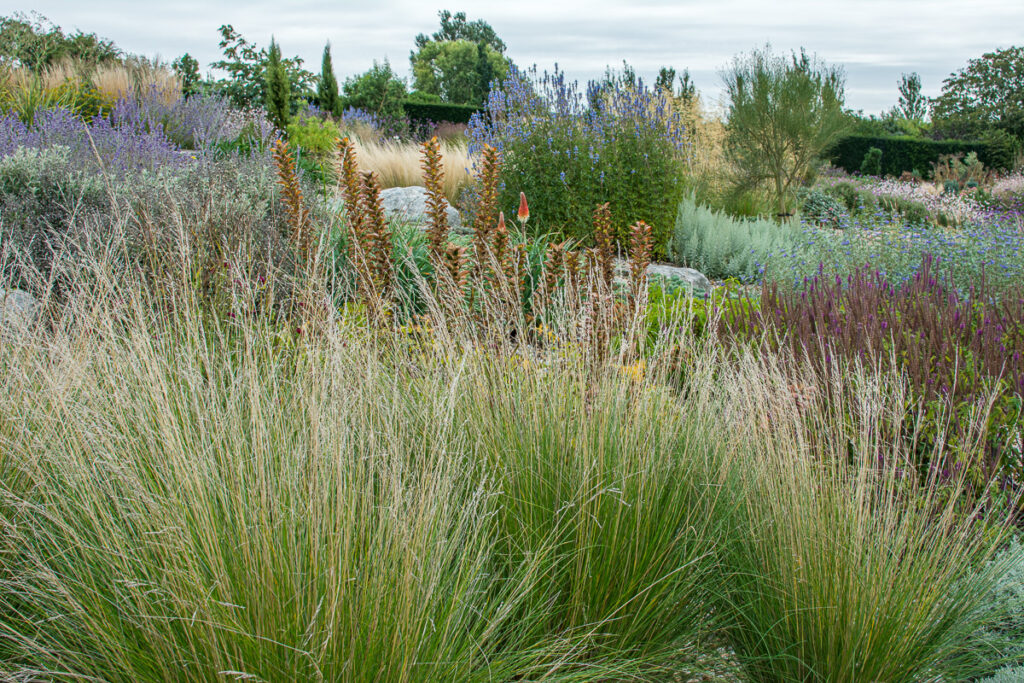
The heatwave really is upon us and if the forecast is anything to go by it could last for a few more weeks yet. If we're struggling and flagging in the heat just think about how our gardens are coping! We're not complaining because before we know it the summer will be over and we'll be into autumn, but it's important to plan for a heatwave next year as our climate is changing whether we like it or not.
Here's a few ideas on how to heatwave proof your garden:
- Apply a mulch to your borders and containers in the spring, this will block out light and slow down how quickly the sun evaporates any moisture.
- Consider the use of water retaining crystals and add them to your containers
- Begin buying drought tolerant plants so each year the reliance upon you to save and collect water is reduced
- Think about harvesting as much rainwater as you can whether that is from a water butt through to the big storage tanks that are buried under the garden or even under a raised decking area.
That's what we can do for the future but what can we do right now:
- Move some of your containers into a shady spot especially those that are more needy like annuals, fruit or vegetables; the more sun they have the quicker any moisture in the soil will evaporate
- Whatever you water do it in the evening, if you water during the day the sun's heat will evaporate any moisture in the area and any wet leaves will scorch when the sun hits them
- Water slowly but thoroughly, think about watering to the depth of the plant's width and aim your watering can at the base of the plant not the foliage
- Water containers daily
- Water established borders every 4-5 days or a bit more often if you see them wilting
- Water newly planted trees, shrubs and/or perennials every 3-4 days and at least half a watering can per plant
- Established lawns can be left, even if they change colour as they are really tough and as soon as water is applied they will soon green up and will bounce back.
- Newly laid turf will need regular watering, slowly but thoroughly.
- Try to use greywater as much as possible - this is water that has already been used for example bath or shower water. You can also use water saved from dish washing as long as the water isn't greasy or has lots of detergent in, this grey water can be used on established plants and lawns.
So now that you have watered, pour yourself a glass or mug of something lovely and sit and enjoy the garden you have created so far!




